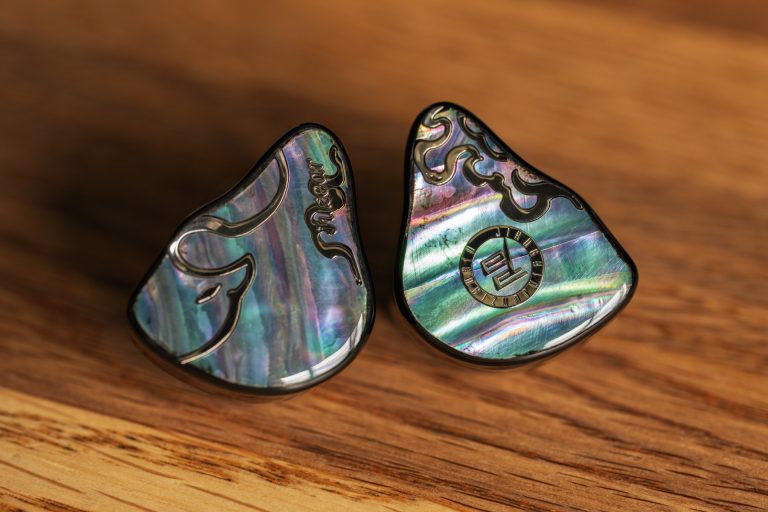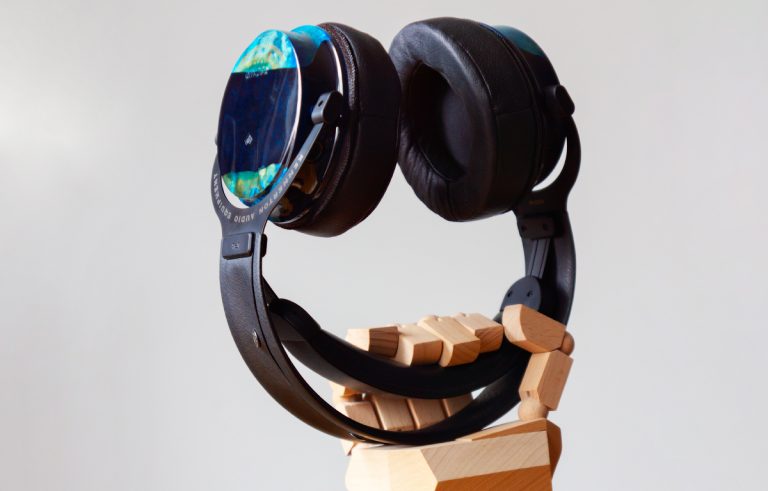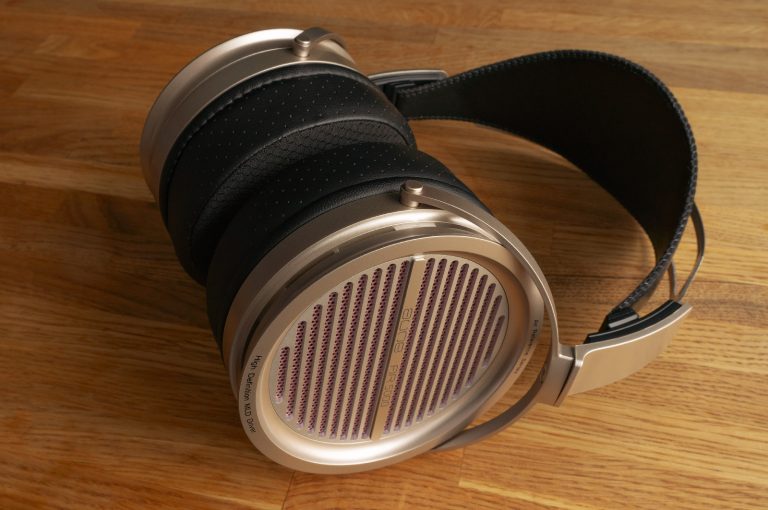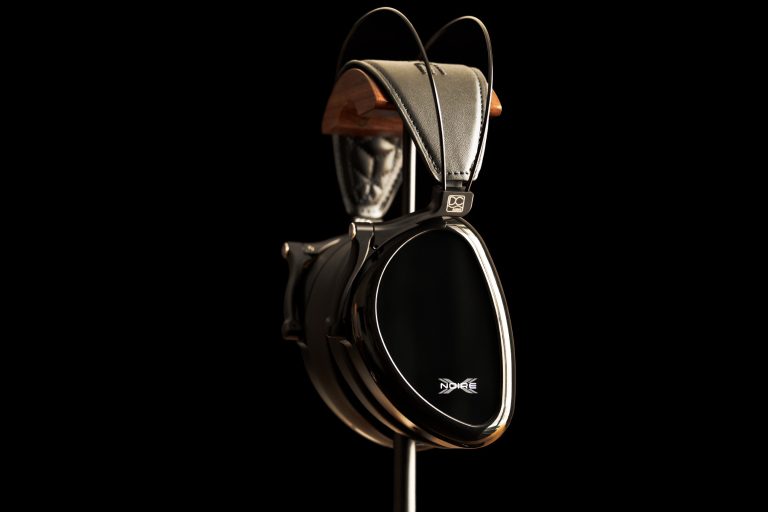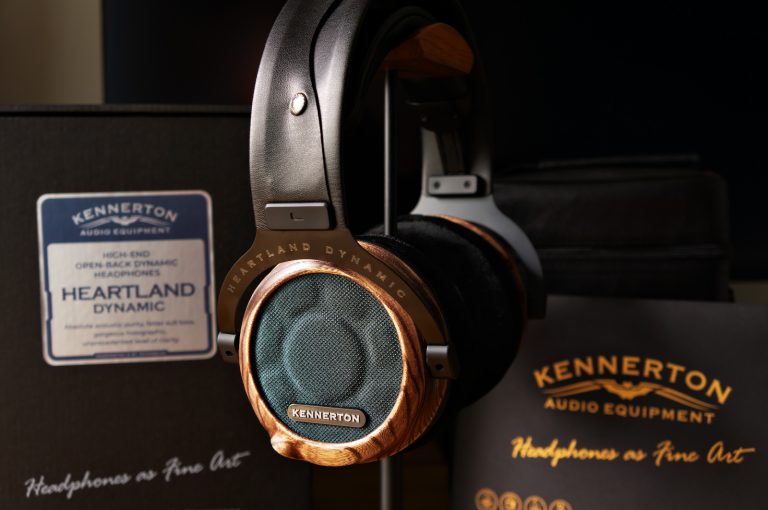Fiio FT1 Headphones Review
It’s impossible to take no notice of headphones, which are highly praised in all reviews without exception and about which everyone to a man is raving about. Today we’ll talk about FT1 by Fiio, another attempt to make it both good and cheap, for some $160, and even in a difficult class of closed-back models.
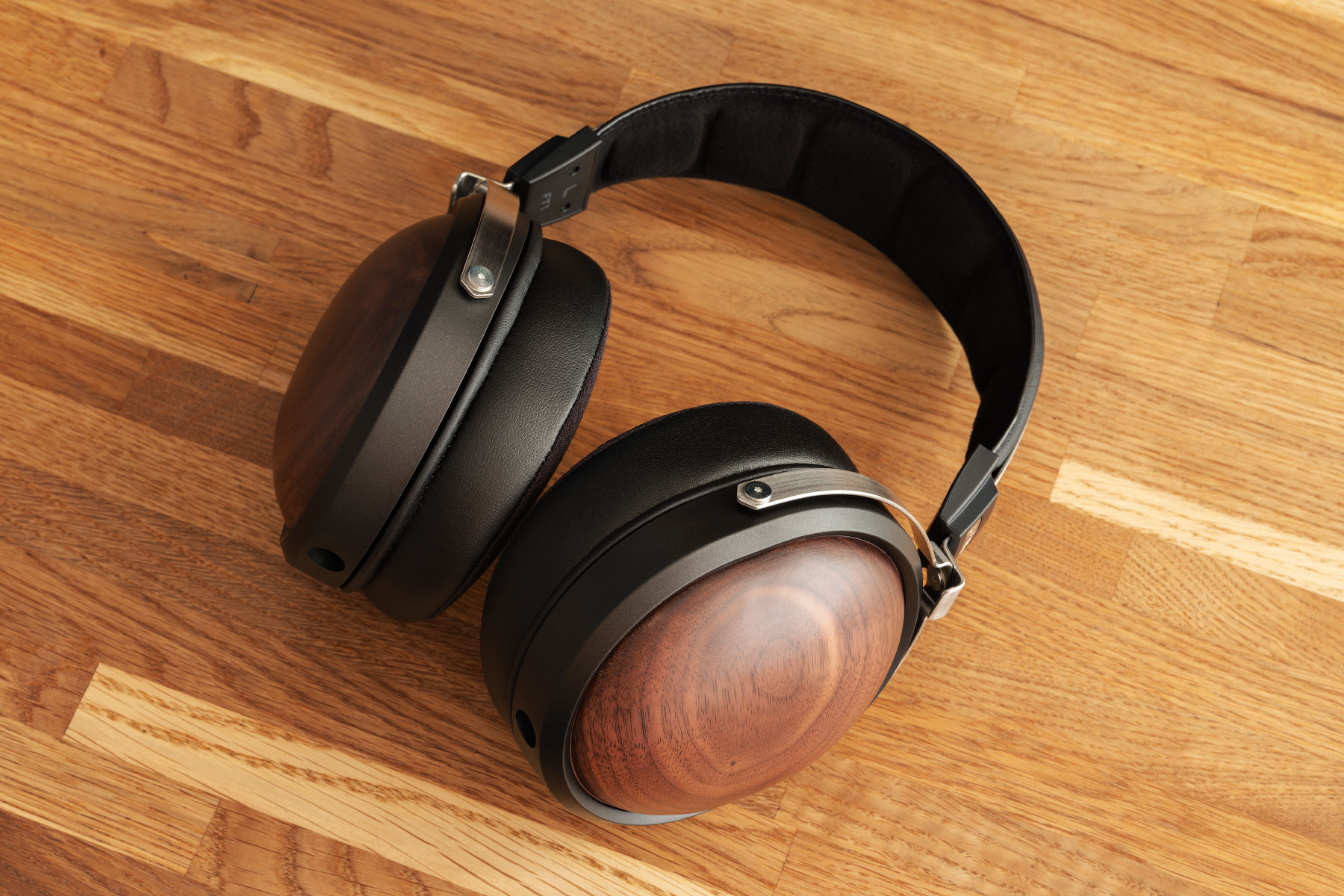
What’s included
The box is reliable, minimalistic, made of very thick cardboard.
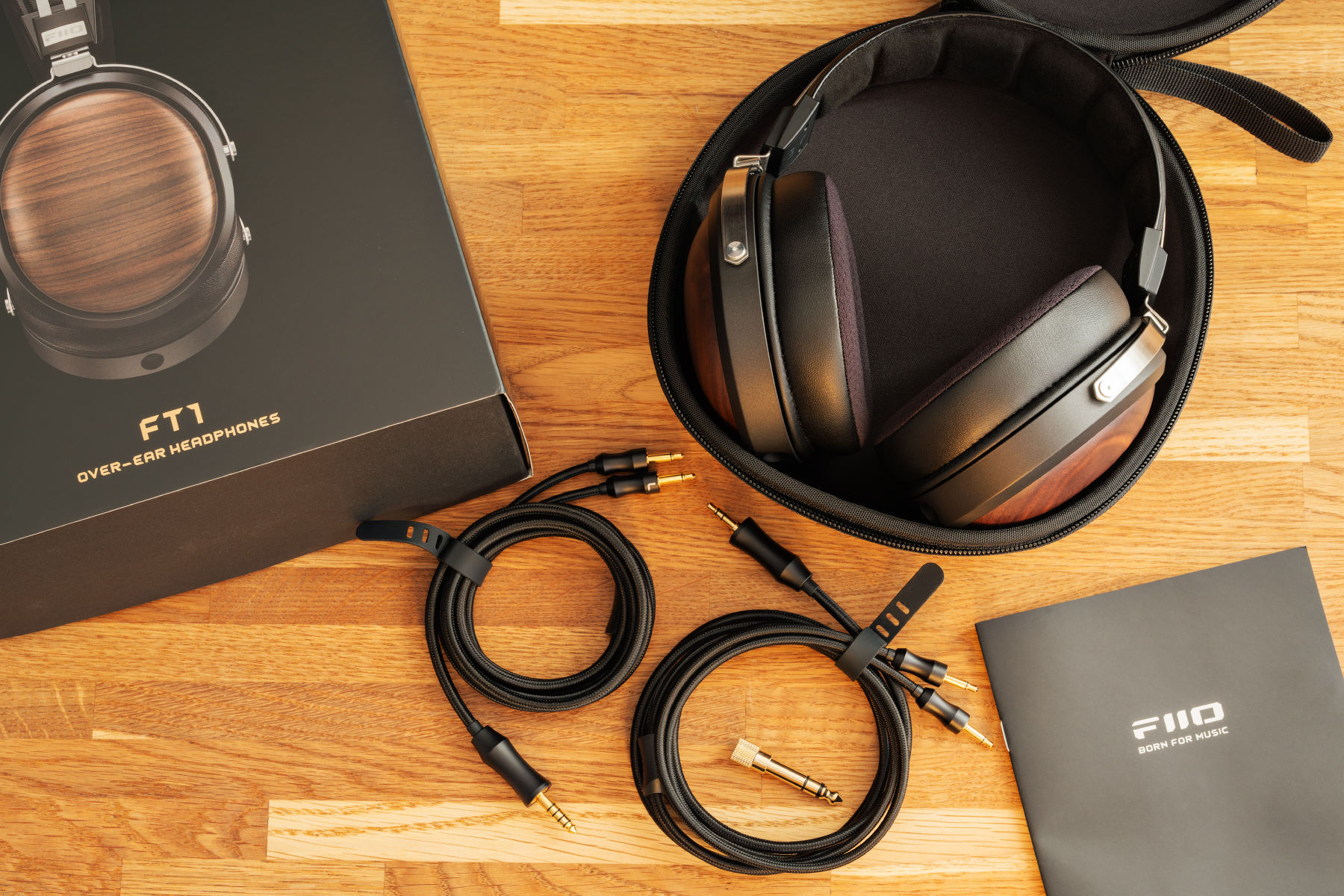
Here’s what’s inside:
- the headphones;
- two cables, a 4.4mm balanced one and a 3.5mm regular one respectively;
- a 3.5-to-6.3 adapter;
- a case;
- some papers.
Everything is packed very carefully. For example, there are protective plastic nozzles put on the connectors of both cables, and the connector enclosures are additionally put into pouches so that they don’t scratch each other.
Good on them.
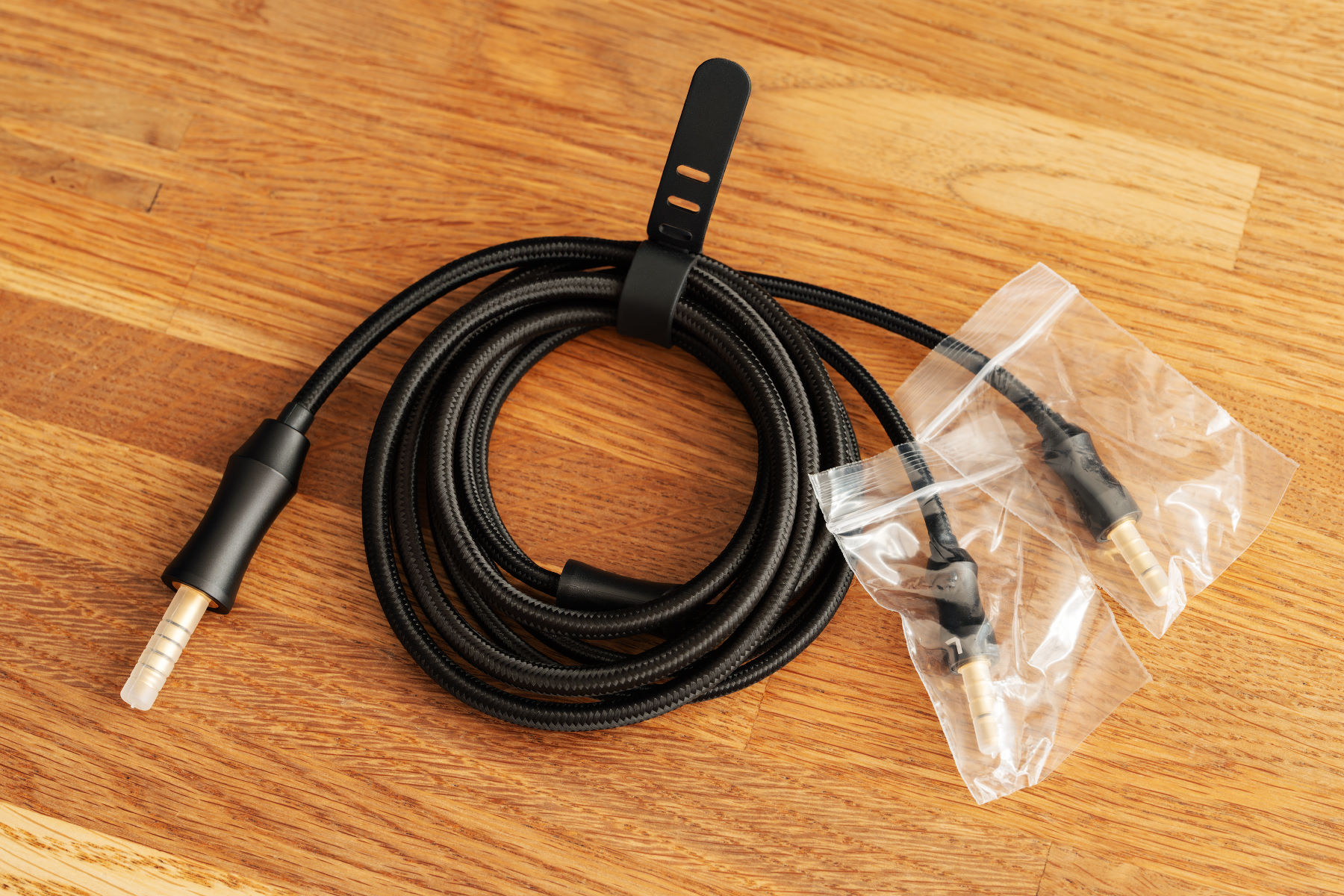
The case is convenient; it was clearly made not for a show.
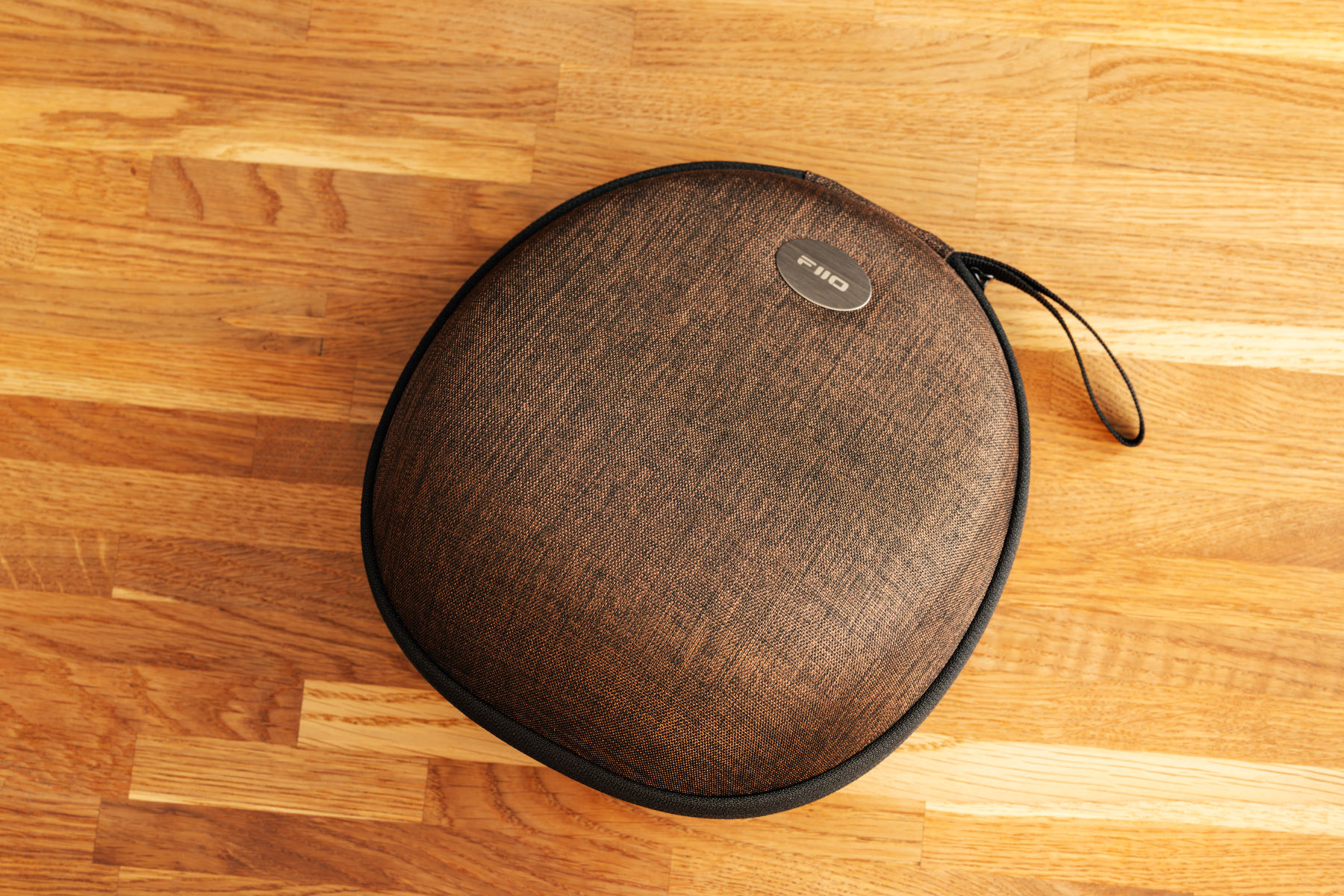
As you can see from the picture below, not only the headphones but also both cables will fit in, definitely not like somebody else has it…
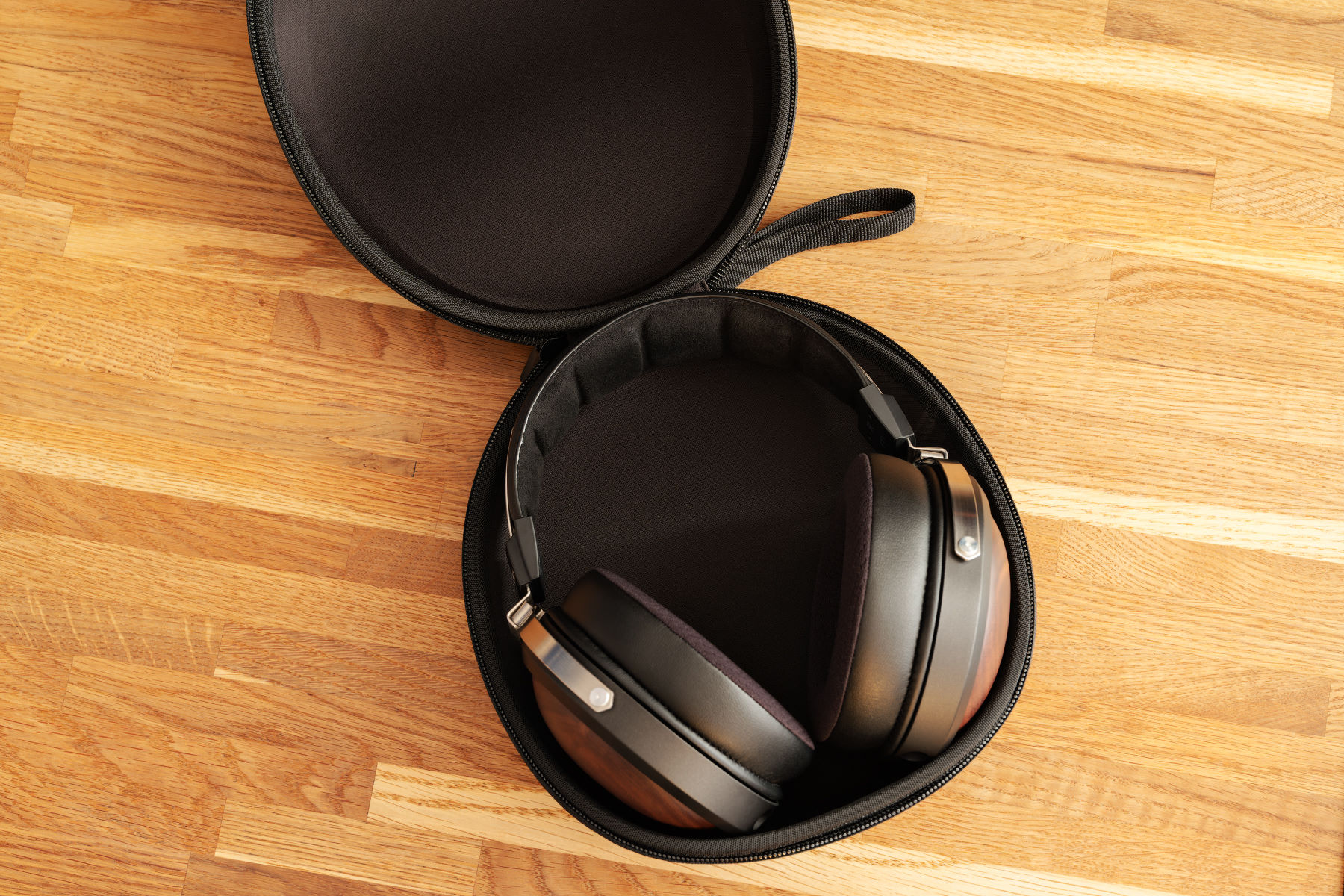
The kit is excellent.
Quick specifications overview
- Design: over-ear, closed-back.
- Driver type: dynamic.
- Impedance: 32 Ohms.
- Sensitivity: 98 dB/MW at 1 kHz.
- Connectors: 3.5 mm.
- Weight: 340 g without cable.
- Earpads dimensions: the inner ones are 6 cm vertically and 4 cm horizontally; the outer ones are 10.7 cm vertically and 10.1 cm horizontally.
Design, assembly, technology
FT1 are assembled on the base of a simple steel frame. And this is just a statement of fact without a spark of negativity because everything is cut, polished, and screwed quite neatly.
The earcups have the ability to rotate slightly around the vertical axis. By the way, they are spring-loaded.
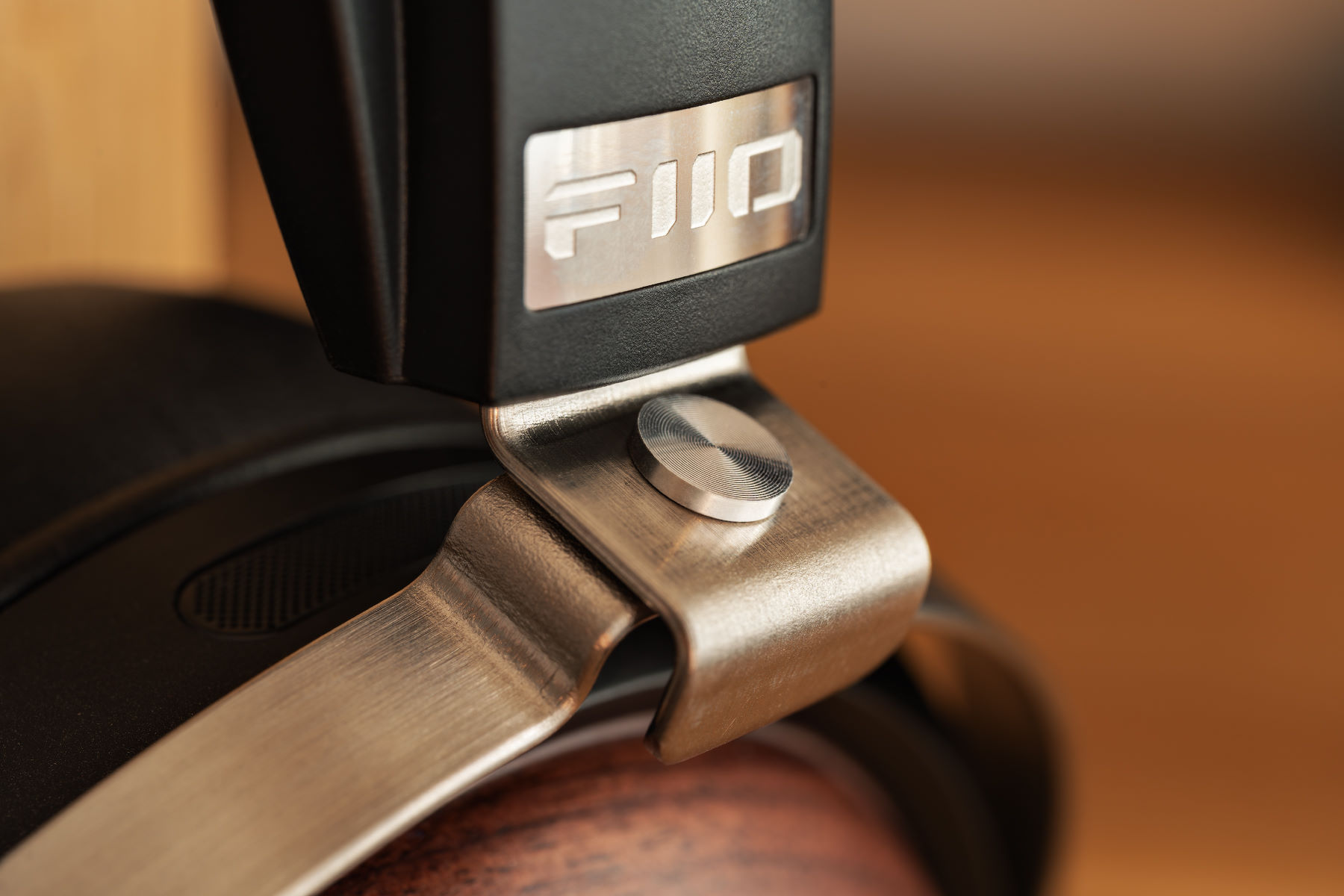
The adjustment to the head size is made according to discrete positions, the marks of which are applied to the headband from the inside.
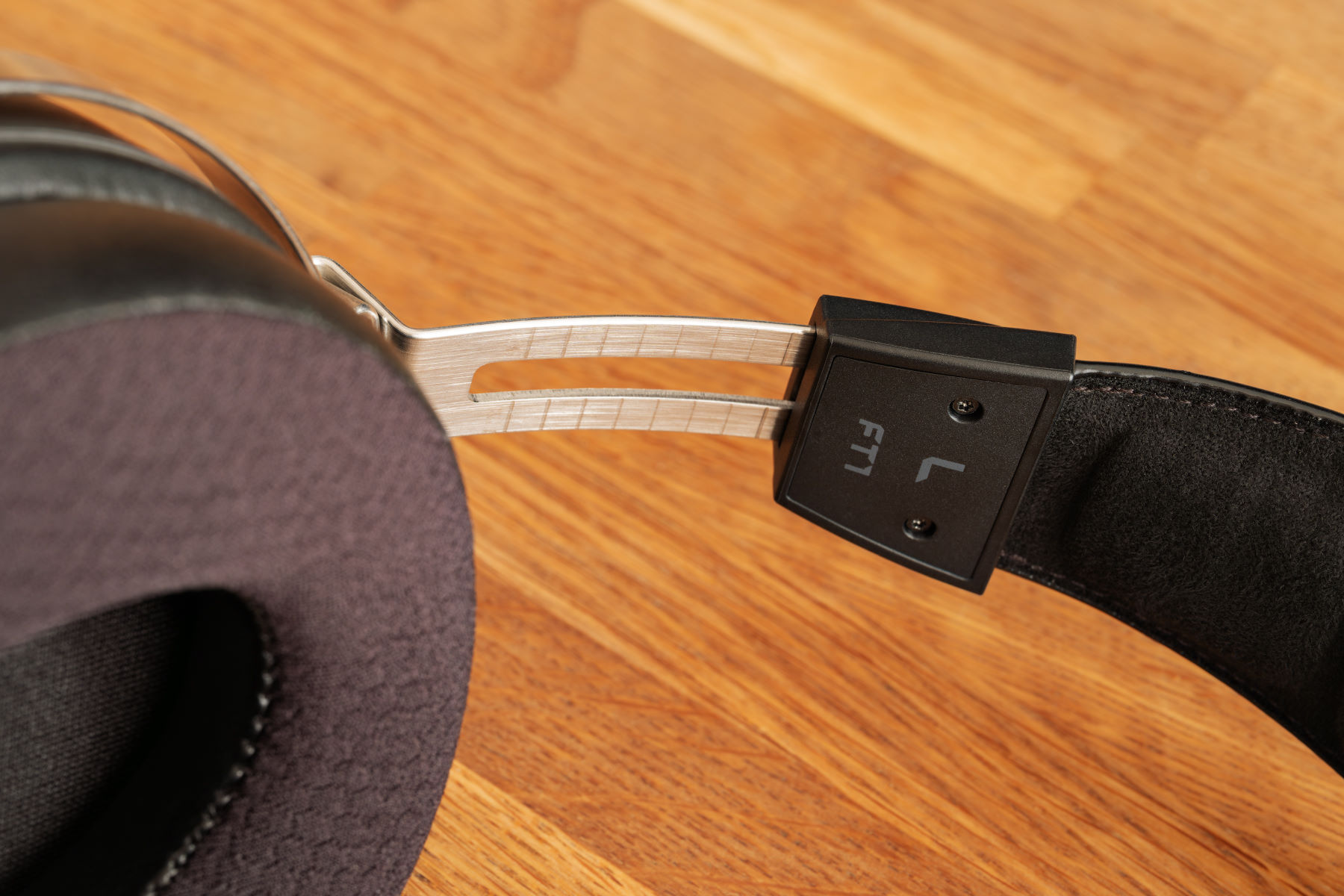
The grids of the external compensation holes are oriented upwards.
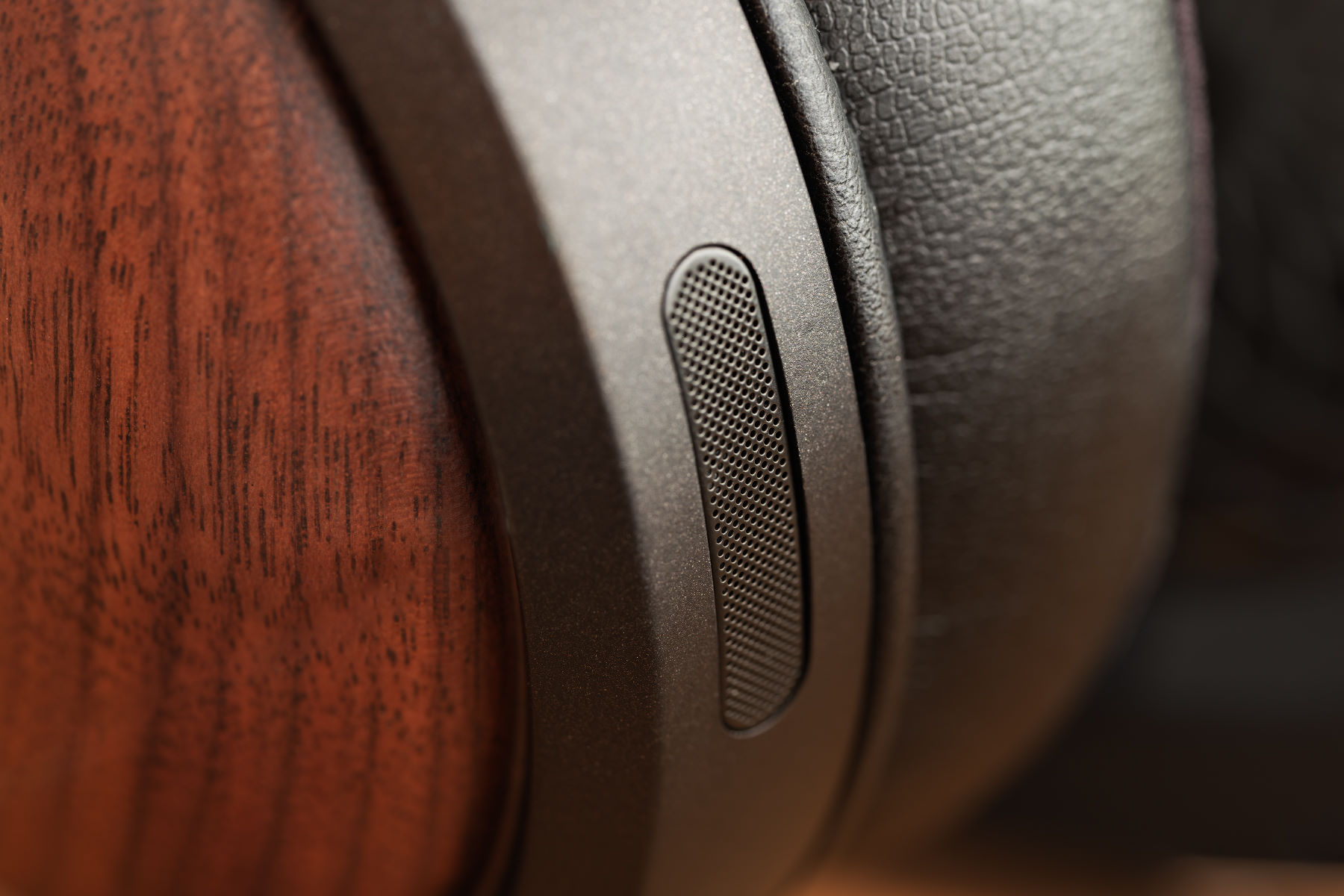
The connectors are significantly recessed into the enclosures and are pointing vertically down.
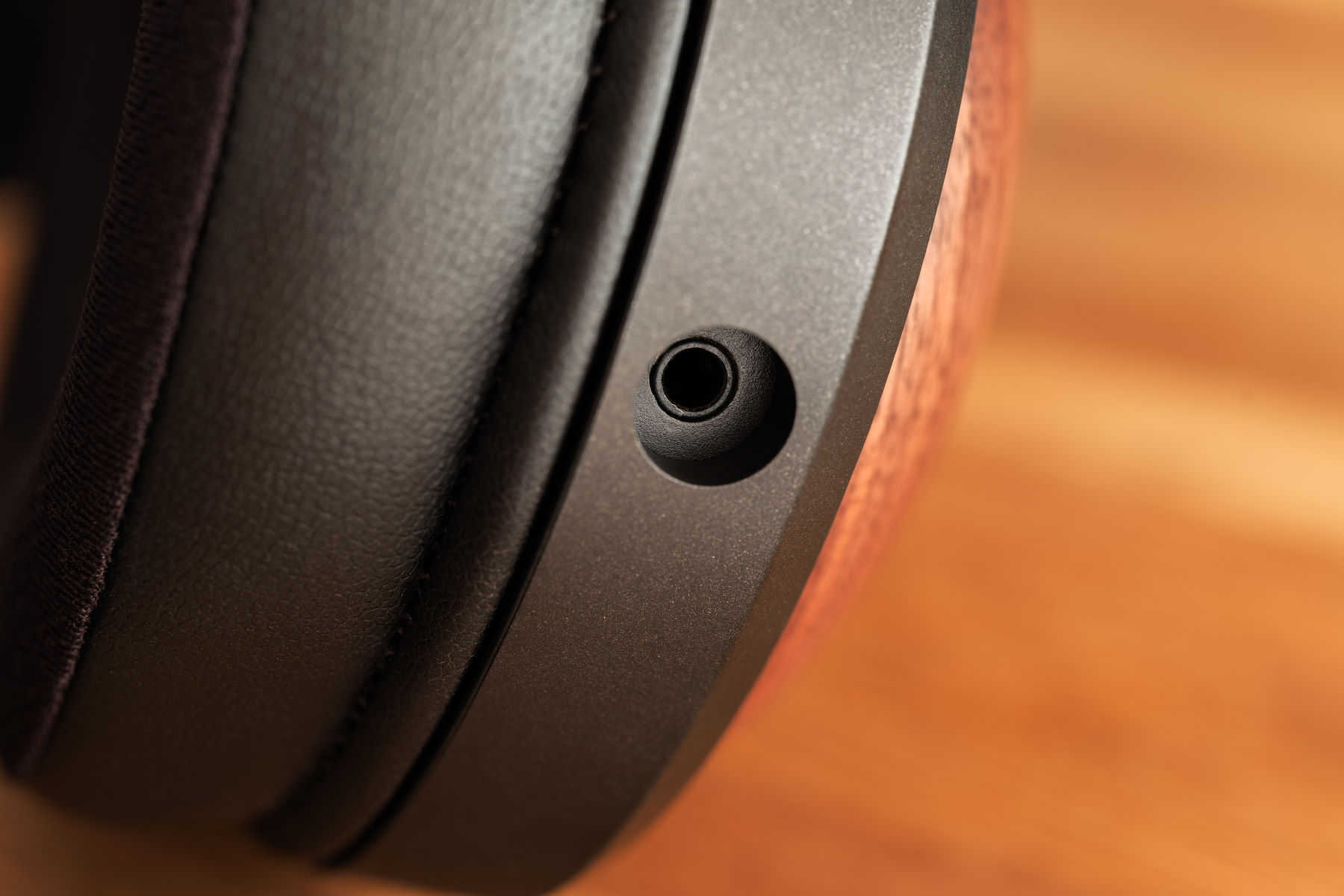
The quality of wood polishing, which is American black walnut, is high, but my sample turned out to have an unfinished or scratched edge going under the plastic frame of the earcup. In other words, there’s no way to scratch the headphone in that place during transportation — the appearance of this defect should have preceded the assembly.
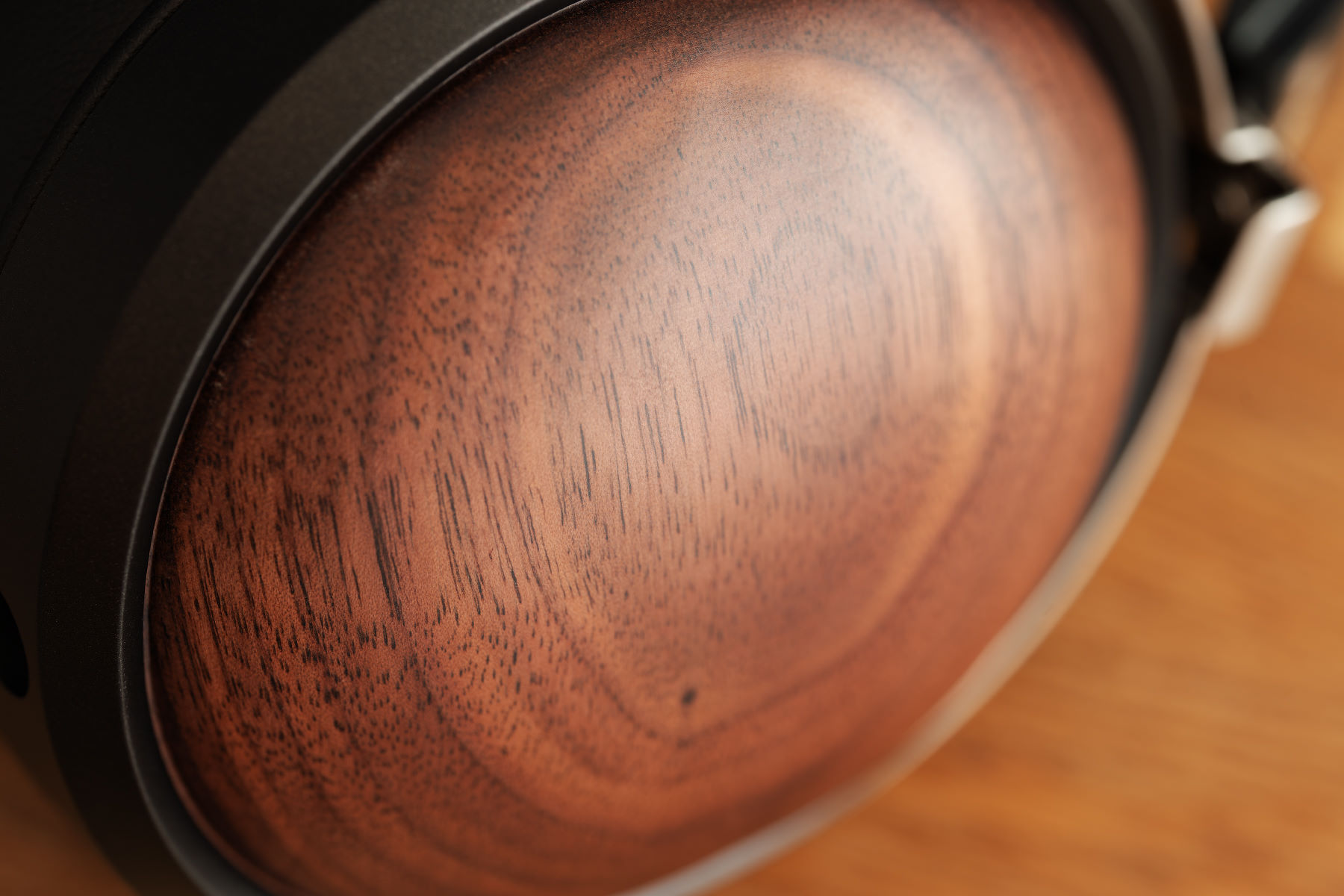
The dynamic driver is made of biocellulose, large, with a diameter of 6 cm and a thickness of 1 mm, covered with an openwork plastic mesh.
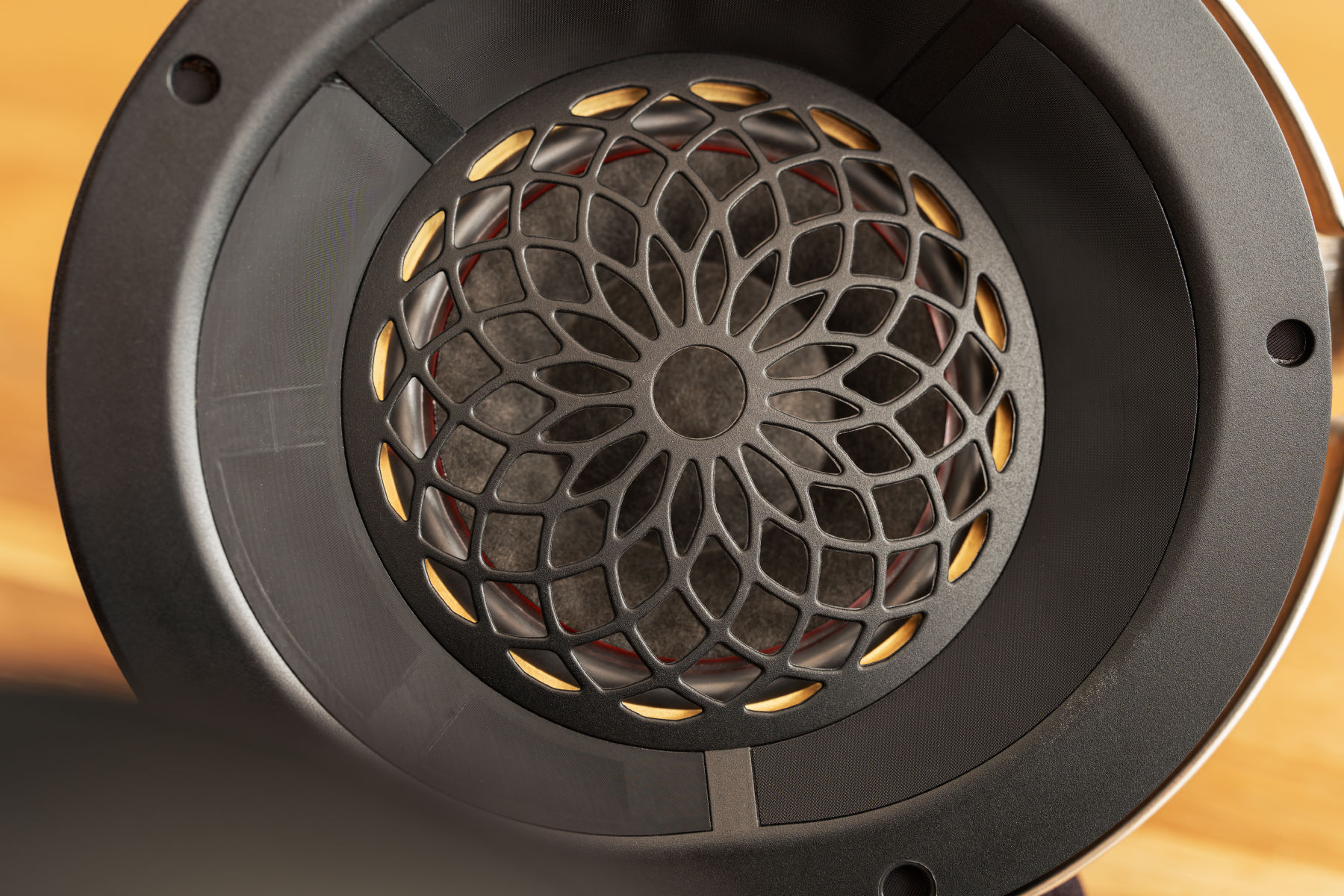
The driver is positioned at a significant angle and parallel to the auricle, which, theoretically, should have a good effect on the transmission of high frequencies.
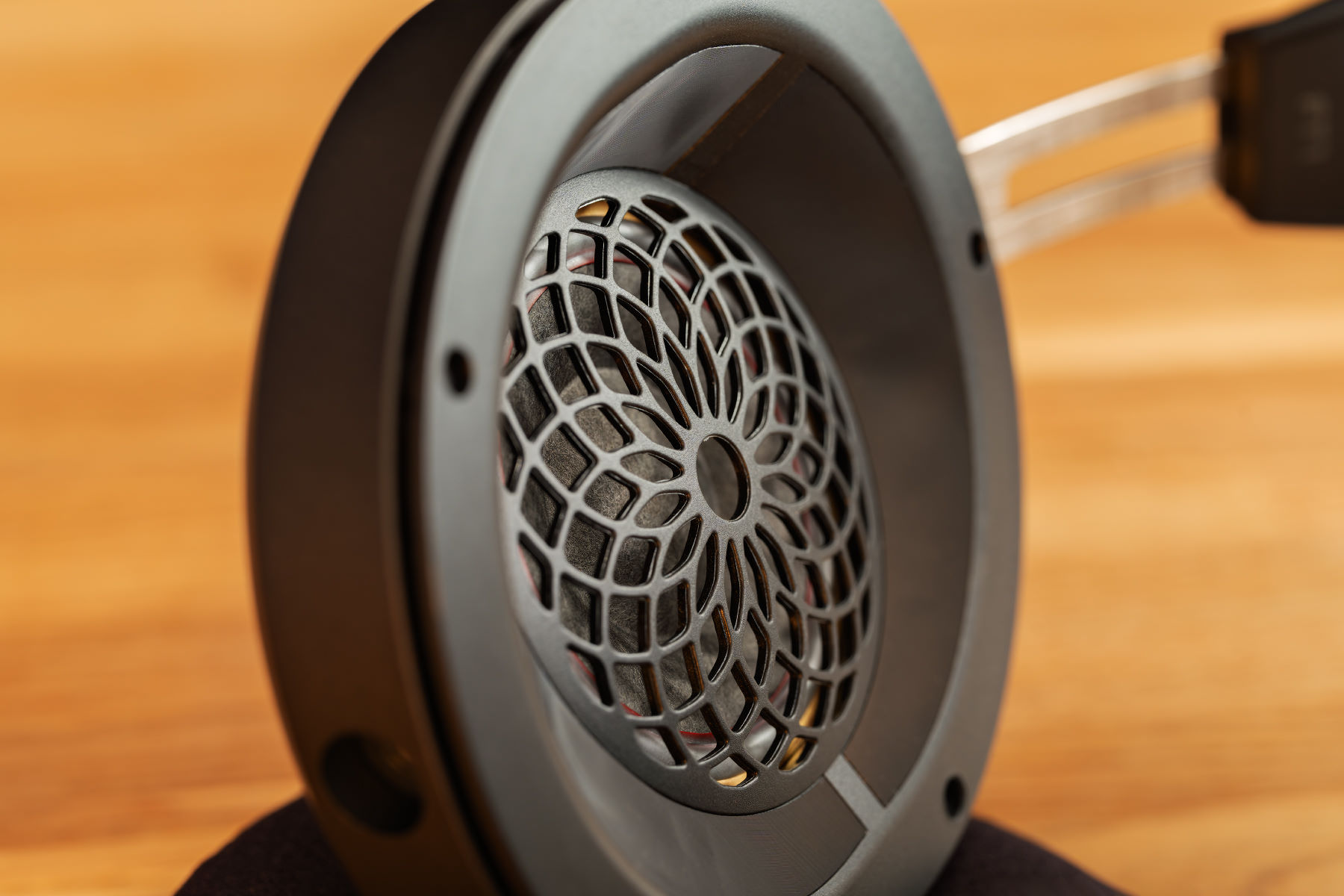
Please pay attention to the additional holes on the inside of the headphone.
Taking the price into account, there are and can be no complaints about the selected materials, manufacture, and assembly. FT1 are assembled soundly and create an impression of an inexpensive but reliable device.
Ergonomics
The earpads’ inner diameter is sufficient for auricles to feel comfortable inside. By the way, the earpads are beveled: they’re thinner in the front and thicker in the back. This ensures a relatively good isolation of the listener from the outside world – the gaps between the earpads and the skin in the area of the jaws’ angles are minimal.
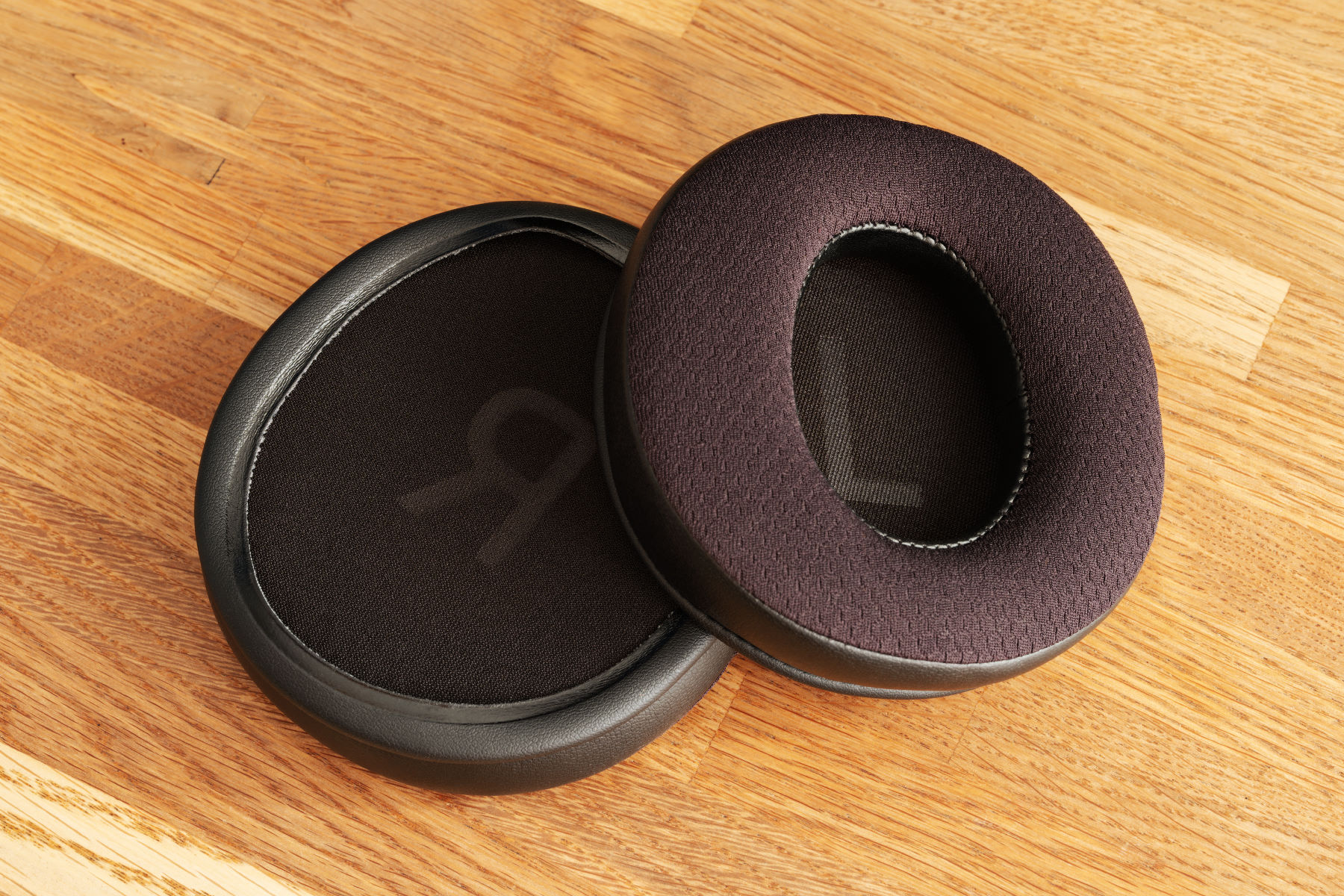
The fit is comfortable, a bit slack. A soft lining is attached to the headband from above that distributes its weight, which is already not too big, quite well.
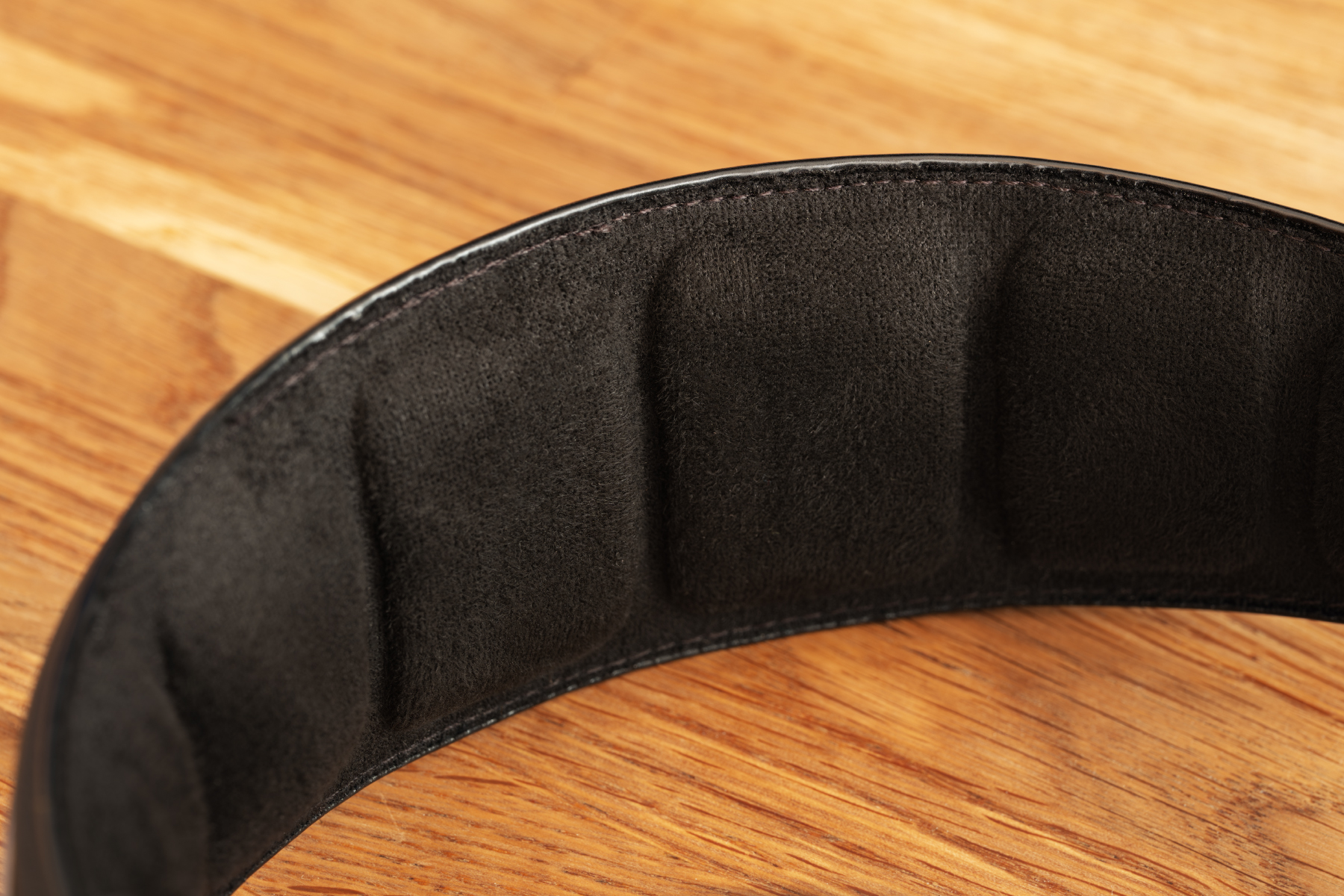
There are two potential inconveniences:
- There might be a cable, the connectors of which will not fit into the slots of the connectors on the earcups. I tried to connect Moondrop Line W – everything fits perfectly.
- The connectors brought strictly down are not convenient – this has been discussed a thousand times. However, as the headphones are small and the connectors go inside the enclosures when connected, this doesn’t create a real problem.
The inconveniences, I’d emphasize, are more theoretical than real.
I can only really complain about the cables if it weren’t for the fact how much they cost: they don’t bend very well and have a pronounced microphonics effect. I would replace them with something softer.
However, if you take into account their price (and they cost some $15-20 each – the first and the second ones), then there is absolutely nothing to complain about.
FT1 are generally comfortable and make it possible to wear them for many hours straight without any inconvenience.
Subjective sound impression
FT1 have a ‘soft’, ‘lukewarm’ sound delivery, flavored with a pronounced upper middle. The headphones offer a balanced, V-shaped sound with inflated bass. Fans of such a delivery will call it ‘physicality’, while its opponents will call it ‘mumbling’. However, there is no disaster in any case: the addition at low frequencies, although crawling onto the middle, is quite moderate; I would take a punt on 4-5 dB.
There is more subbass or, at least, no less subbass than bass by ear. FT1 can produce a distinguishable sound as low as at 16 Hz (at a volume of 94 dB at 1000 Hz), that is, when necessary, they can emit an incredibly low sound. The addition at the bass, however, somewhat spoils the picture – the subbass is not properly separated from the middle and, therefore, is not perceived as ‘fast’. But it remains more or less textural indeed.
The middle is excellent, except for its lower part, which ‘sinks’ in the laid-back bass. It’s ‘smooth’, without any ‘dips’ and ‘curbs’, at least up to 4 kHz. The middle is tuned very well: it’s neither emphasized nor ‘pulled back’. After 4 kHz, some mighty works begin: unpleasant ringing may appear in some records, other tracks will sound OK, but somewhat imperfect (if you have something to compare, of course). Somewhere a sense of space will be present, somewhere not. In short, to my ears, the frequency response graph should show a ‘mountain range’ with sharp ups and downs, starting from 4 kHz.
The upper frequencies are emphasized, but they’re quite full-fledged. They’re far from being technical and even farther from some sort of evenness, but they are present and pleasing to ear. There are no incredible overhangs dissolving in the air, and this part of the frequency range may be delivered not very naturally within the bounds of certain music genres, but, again, we’re talking about relatively cheap headphones.
FT1 are quite well suited for games. I tested them playing Arena Breakout Infinite, Black Myth Wukong, Forza Horizon 5, and even KILL KNIGHT. As befits decently tuned headphones in the lower price bracket, FT1 performed well everywhere, even better than specialized gaming solutions, but worse than neutrally tuned open-back models (for example, Sundara) in terms of positioning and transmitting a sense of distance from shots and explosions – the situation with the upper middle and upper frequencies in open-back models of a similar value is always significantly better.
Sound source choice
The headphone sound with different sources was assessed using a cable for quick reconnection to them, as well as using a hardware switcher. The volumes of all sources were preliminarily aligned (by means of the measuring rig) at 94 dB, at 1 kHz. All software sound processing algorithms were disabled on the sources.
I used the following sources:
- RME ADI-2 DAC fs, IEM output – unbalanced connection;
- Hiby R6 III player in ‘Amplifier Operation’ = ‘Class A’ and ‘Gain’ = ‘High’ mode – balanced connection;
- Moondrop Golden Dawn portable DAC in Gain = High mode – balanced/unbalanced connection;
- Fiio K11 R2R in H gain mode – balanced/unbalanced connection.
FT1 are supplied, let me remind you, with two cables – balanced and regular. This is a regular one, 3.5 mm.
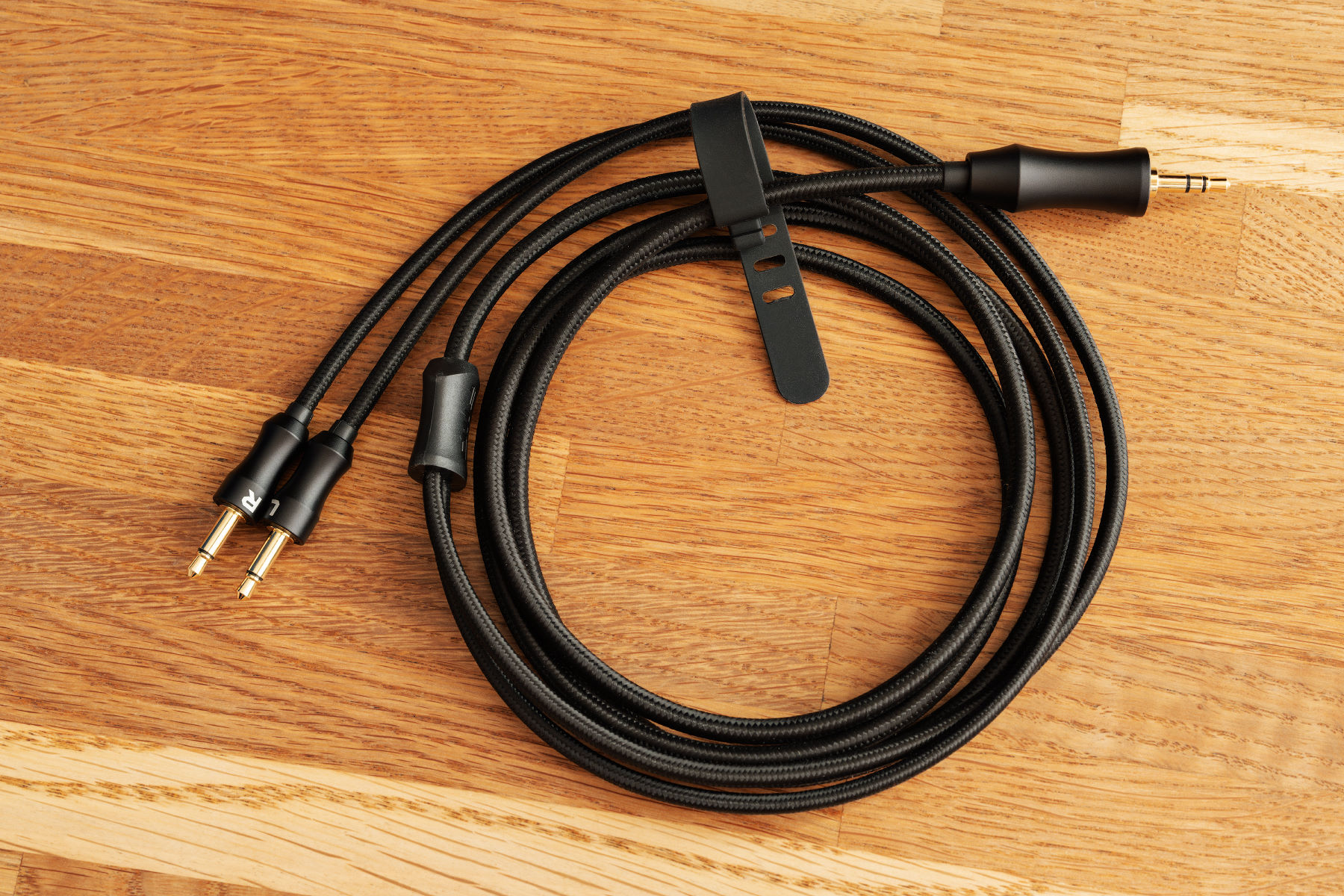
You can start experimenting with sources immediately after purchase. But I couldn’t find any significant differences (sustainably determined via blinding) in the sound. Instead, I can confidently say that FT1 work from almost anything, even immediately from a smartphone.
Measurements
To make measurements, the headphones were connected to RME ADI-2 DAC (SD Sharp filter). The measurements were made using a rig conforming to the IEC60318-4 standard, with a KB501X auricle and auditory canal simulator. The smoothing is indicated on the graphs. For the info about rigs, graphs and headphones measurements, refer to my article.
As a reminder, starting from 10 kHz and above, we’d better not rely on the readings of my rig as this is a technical constraint of the rig under the IEC60318–4 standard.
The frequency response of Fiio FT1 headphones:
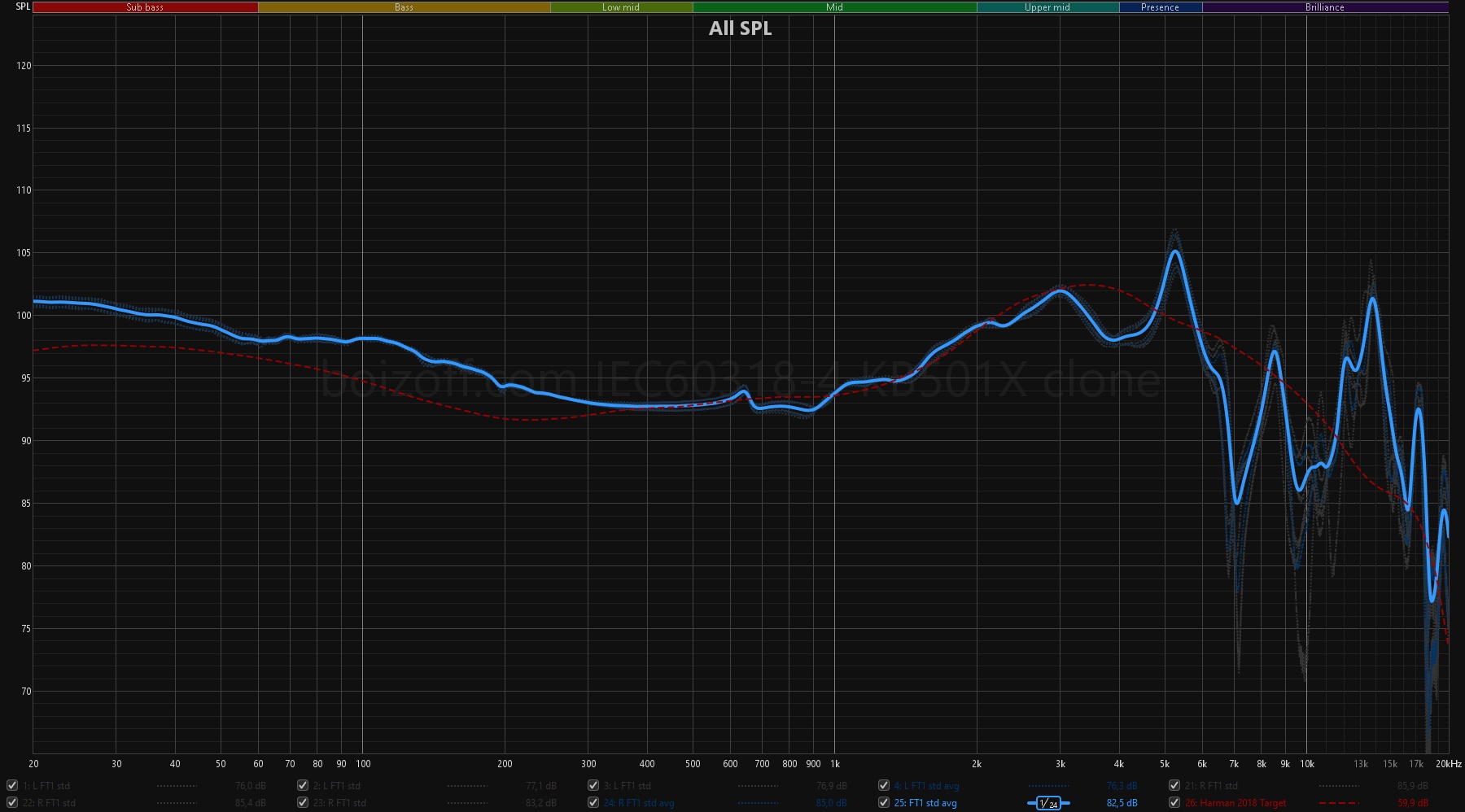
We can see here exactly what we can hear:
- Starting from 400 Hz and further to the left, all frequencies are more or less highlighted. This is especially noticeable in the bass section, in the range from 100 to 200 Hz, where the difference from the Harman curve reaches 3 dB.
- The middle up to 5 kHz is really good.
- At 5.6 kHz, there is an audibly noticeable peak, which is responsible for a sharp hue in the sound.
- The emphasis at 13 kHz is also audible, but not critical.
Nonlinear distortion at 94 dB of volume is normal:
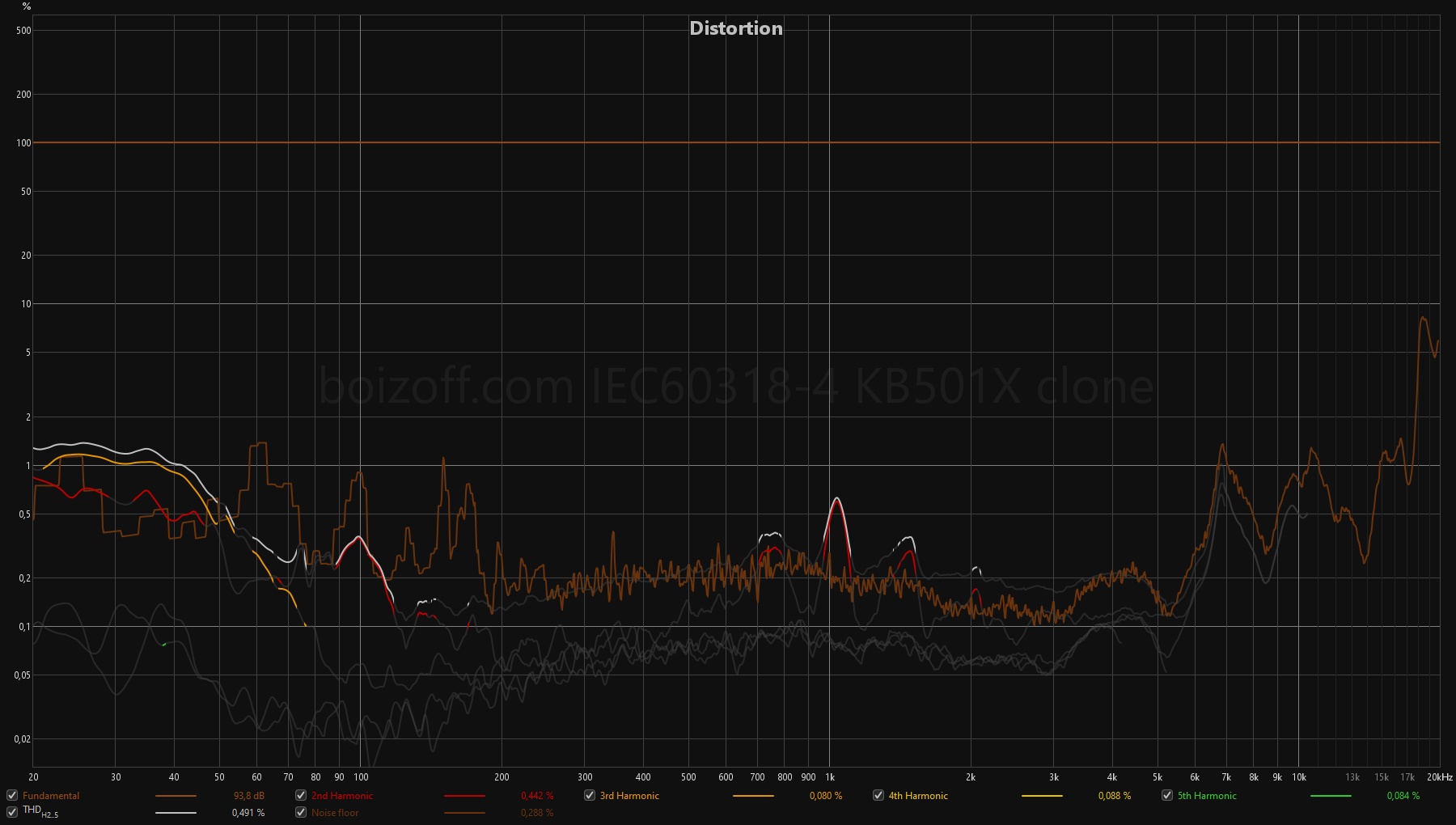
The L and R volume variance is within acceptable limits:
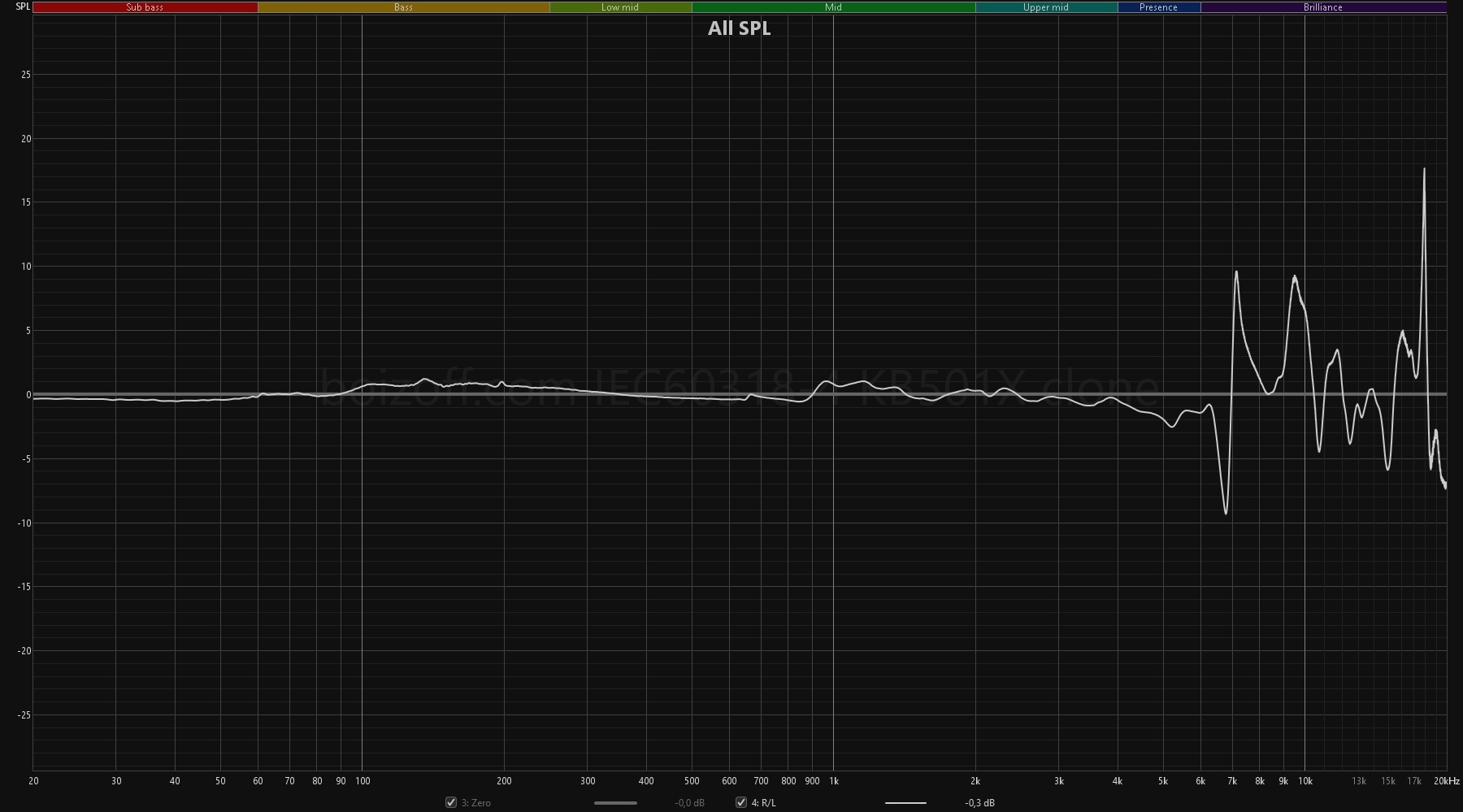
The size of the air gap obviously affects the subbass and the bass. For my head geometry and my hearing, the subbass is at the level of the LowLeak and MidLeak curves.
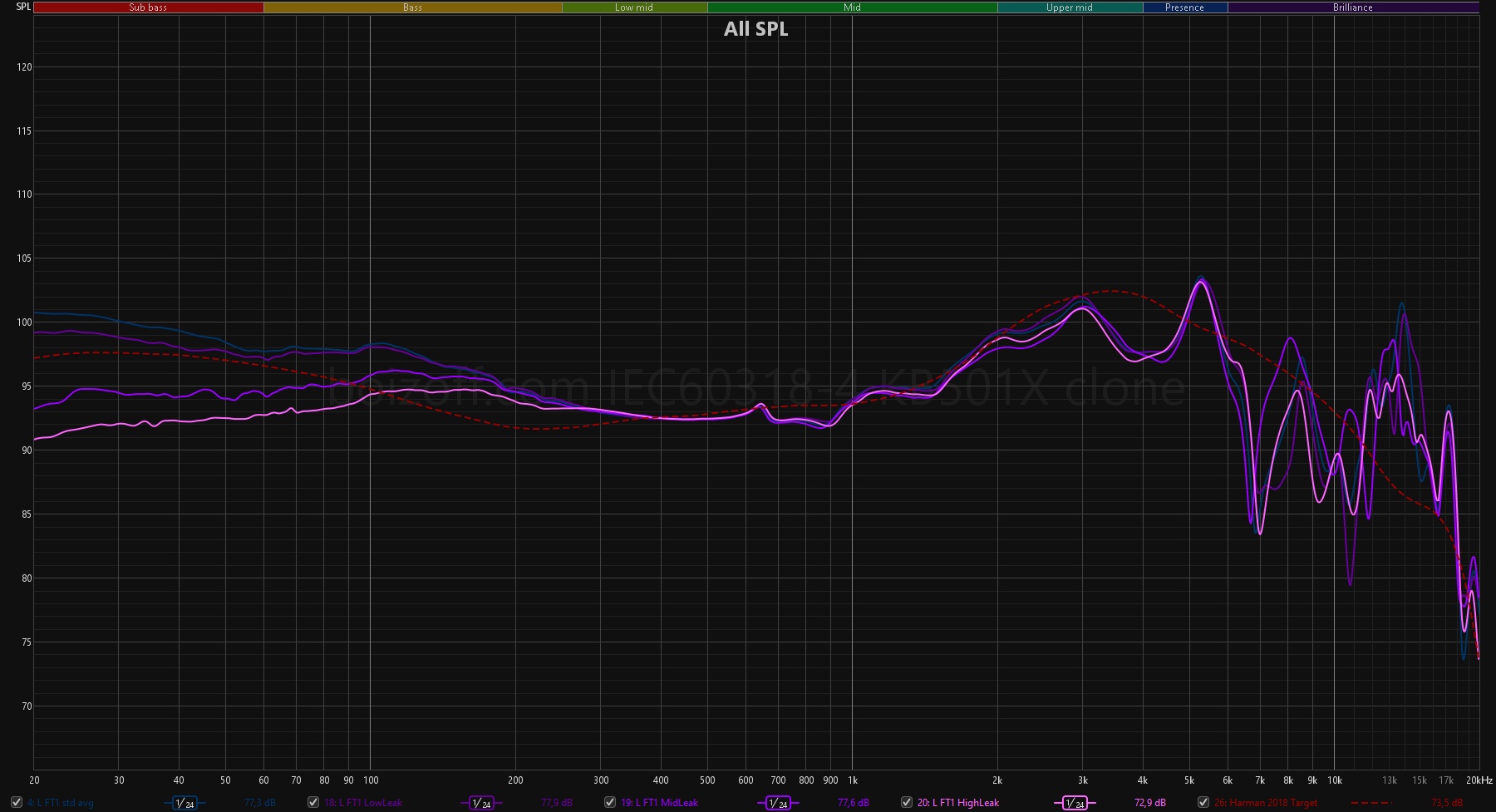
The pressure level mostly affects the area of some 4 kHz, where the difference can reach 2 dB.
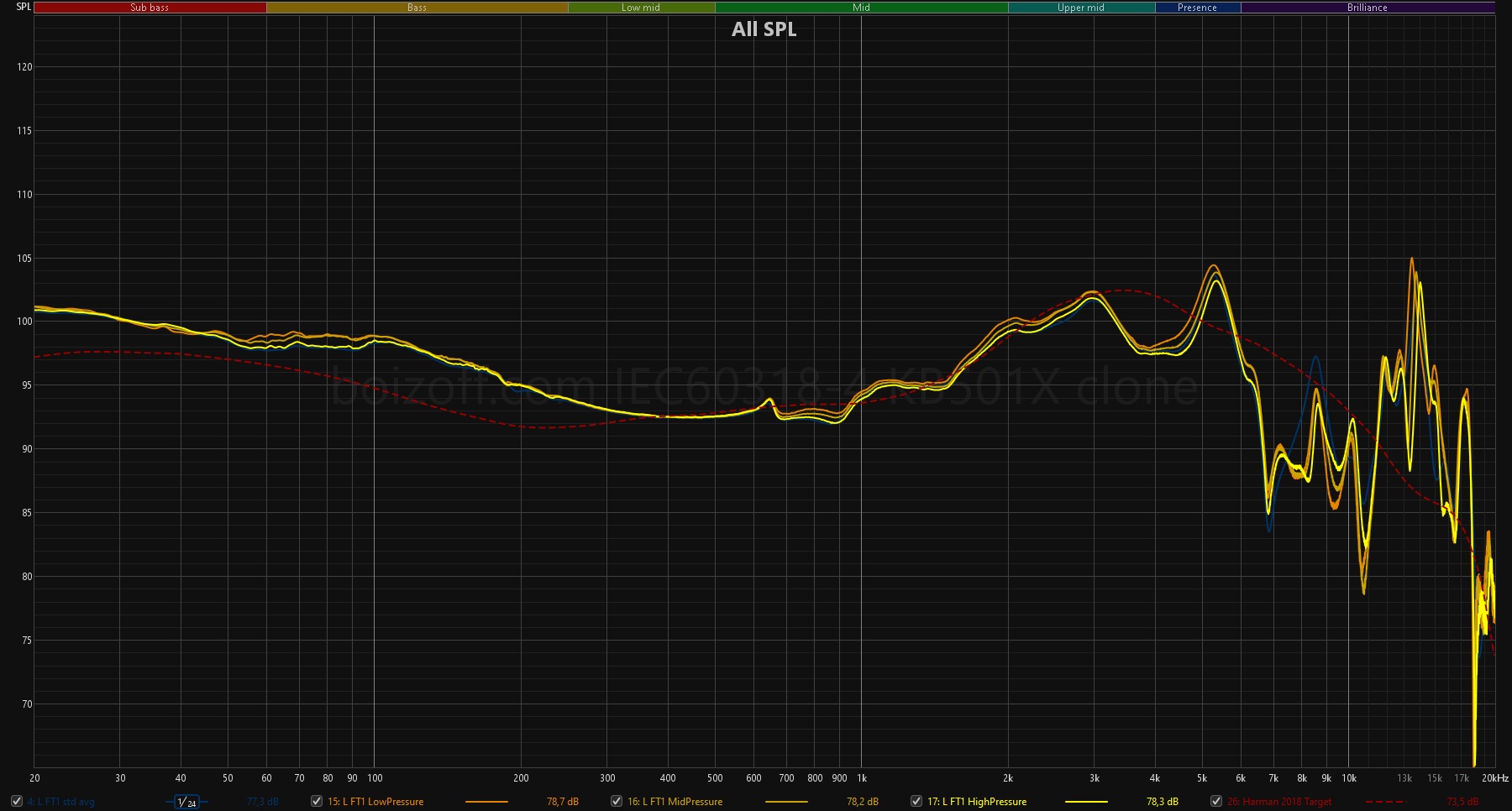
Changes in the sound signature when turning: if you turn the headphones back around the horizontal axis, you can make the area of about 2 dB more expressive.
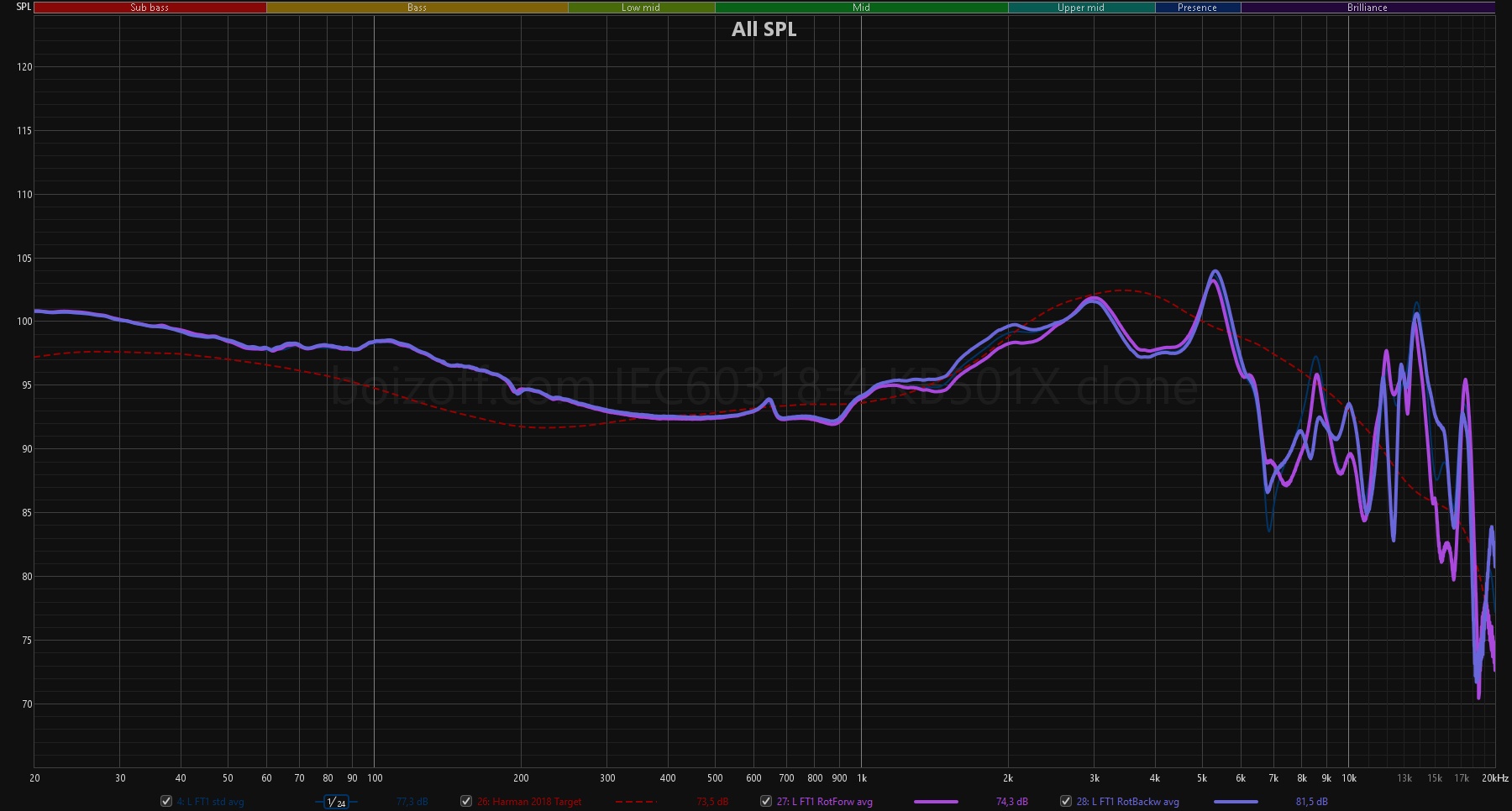
And when horizontally shifting the headphones back, you can significantly clear up the peak at 5.6 kHz.
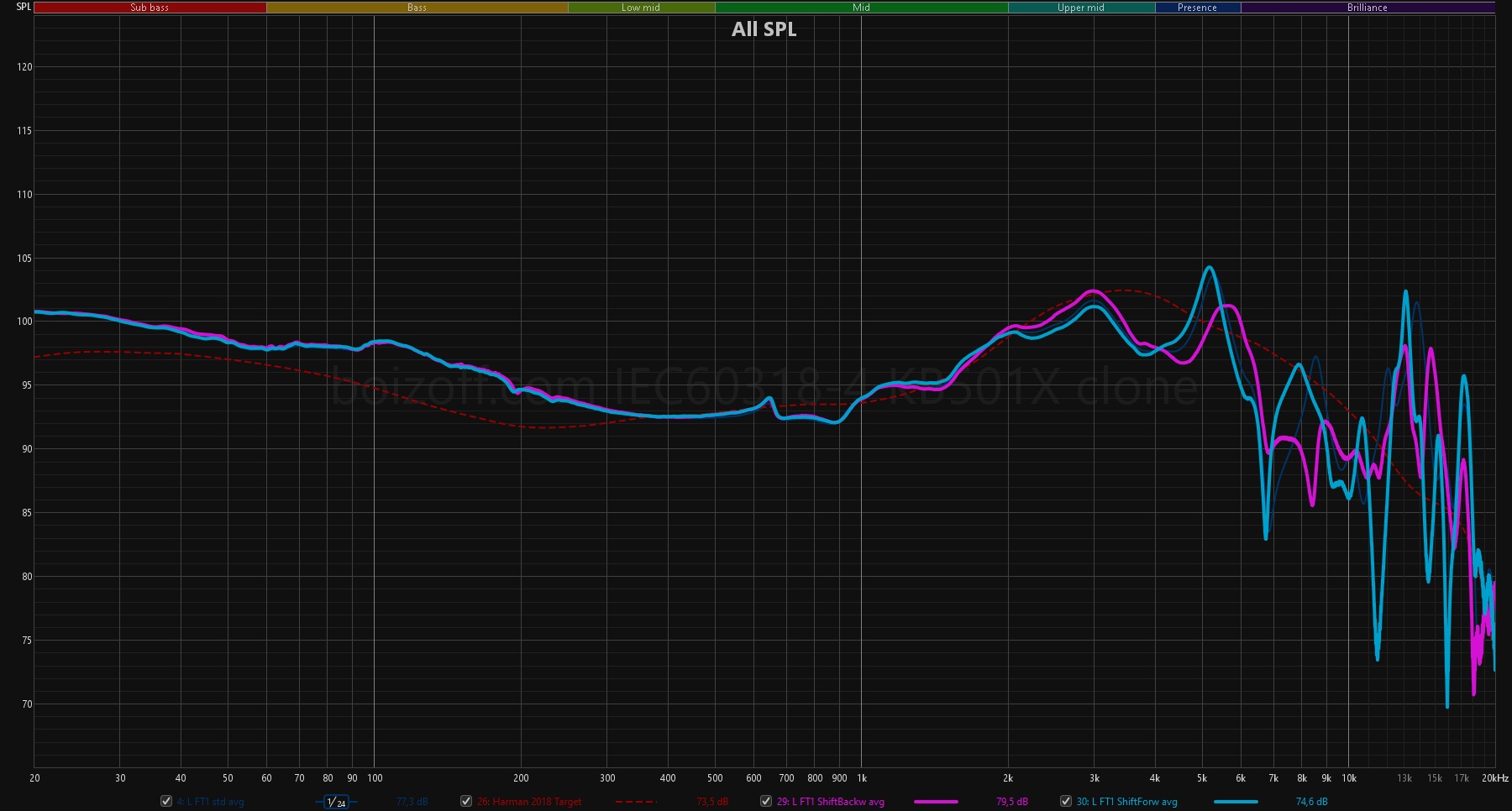
Comparisons: FT1 vs. JT1
The Fiio FT1 and FiiO/JadeAudio JT1 frequency response compared (the frequency response is provided in the presence of an air gap; this is how I personally tested these headphones):
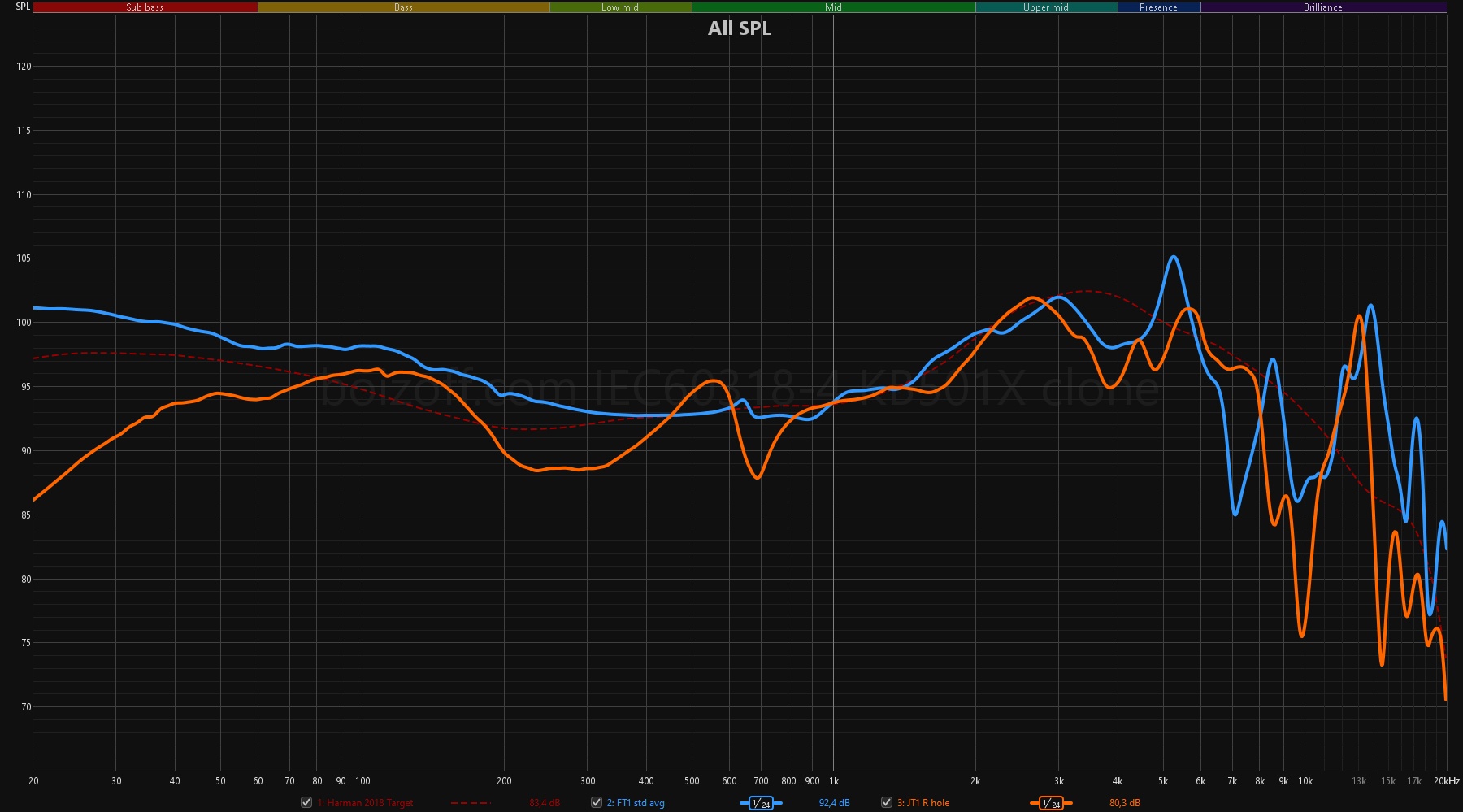
Subjective difference in sounding:
- FT1’s subbass is more full-featured.
- JT1 have a smoother, more ‘correct’ upper middle.
- The lower frequencies of JT1 are perceived to be harsher, compared to FT1.
JT1 are lighter, even less demanding of gain, slightly more comfortable to fit, and more than half the price. And they also have a microphone on their original cable. And I wouldn’t say by ear that FT1 are a cut above them in terms of sound (again, taking into account the geometry of my head and how it affects the frequency response), although the measurement graphs tell a different story: JT1 have a much more ‘curved’ middle. But, on the other hand, JT1 don’t have a peak at 5.6 kHz and a dip at 7 kHz.
I still believe that JT1 are an incredibly successful model.
Comparisons: FT1 vs. K361
The Fiio FT1 and AKG K361 frequency response compared:
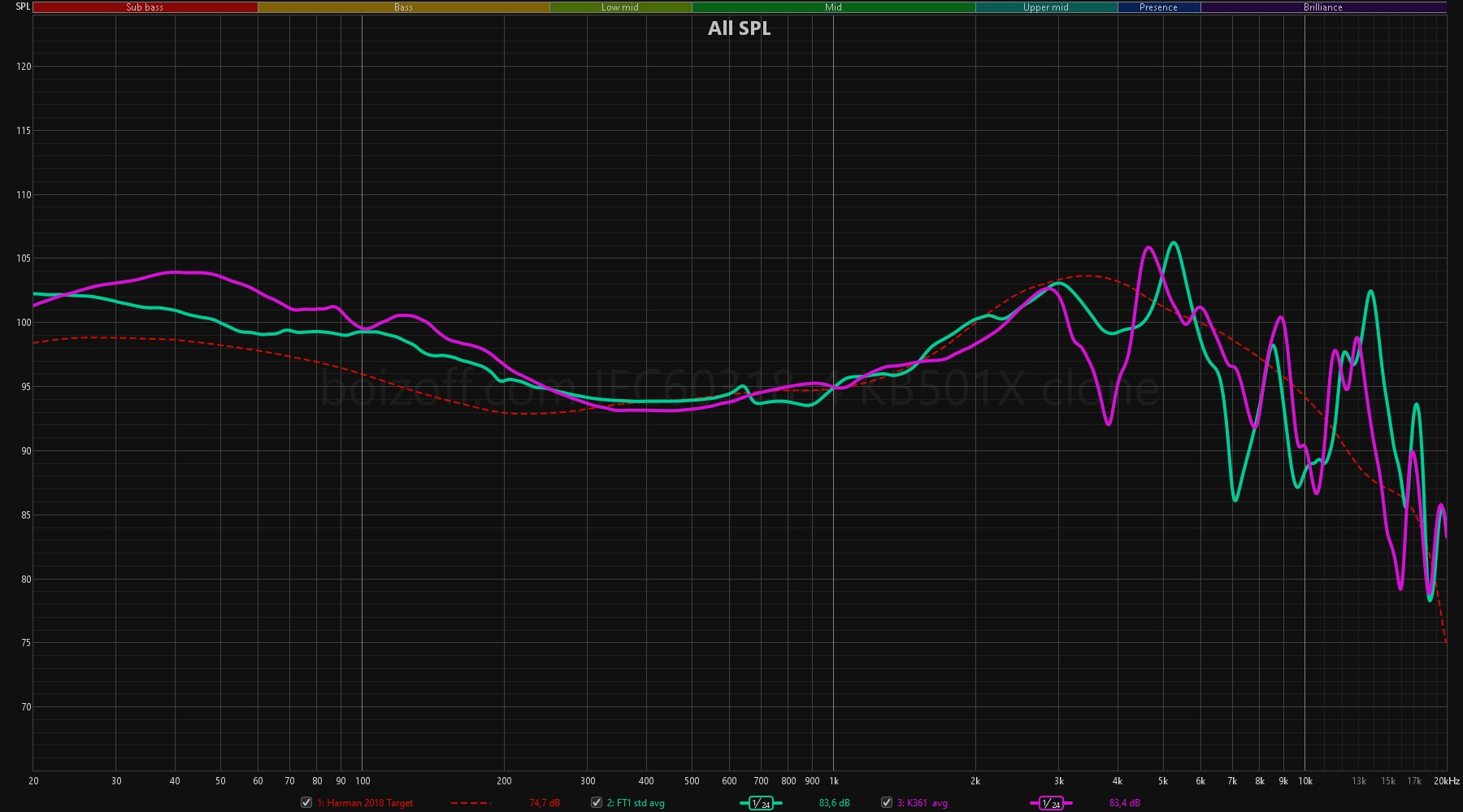
Subjective difference in sounding: FT1 are better than K361 in all aspects.
The only thing where K361 ‘outplay’ FT1 is their weight and folding design.
Summary
The main problem with FT1 is the expectations that can be formed after reading feedback and reviews that, like, FT1 are an incredible breakthrough, their sound is take-it-or-leave-it, and they’re just an out-and-outer, and it’s long past time to junk all sorts of E3, Arkona, Caldera and certainly Maxwell.
This is obviously not the case.
FT1 are just good headphones as such. They’re very good for their price, and, what’s more, it’s a rare specimen in a coterie of ‘closed-back speakers’. Their kit is wonderful, sensibly assembled, with a case, they don’t require any special gain, they’re comfortable, they’re actually made all right. And as for the sound, FT1 are conceptually good as a bang for the buck, but that’s about it because there are many flaws in their tuning.
FT1 are an answer to questions “What will be OK to buy after Beats?”, “What is inexpensive, but good and closed-back?”, “What should I get to mix at home?” If the questions are put this way, then yes, FT1 look like the first and almost the only answer after JT1.
To buy or not to but: go right ahead, but await no miracles.

